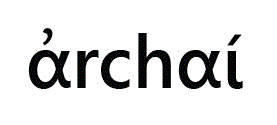Abstract: This paper is centered on Thassos, an island situated in the Northern Aegean, settled by Greeks from Paros. We focus on the Archaic Period, more specifically on the sixth century BC, the peak of local production. Departing from the archaeological contexts through excavation reports, we analyze significant social and religious connections among votive materials associated with the Thasian black-figure pottery. These connections brought us elements that allowed us to interpret the multiculturalism imbricated within the objects, the mimicry and the innovations in the decoration of this black-figure pottery, as well as the particular demand in quantitative terms of a type of vessel called lekane, an object that was loaded with information and religious and apotropaic meaning. In addition, those same elements also showed us traits that reveal votive practices, judging by the way the pottery was exhibited, and its decorative features, which to date are only attested in Thassos. The research revealed intrinsic relationships linked to the various facets of Artemis, the protection of women in childbirth, revealed through the analysis of the objects in context.
Keywords:
Apotropaic and Prophylactic; Archaic period; Artemision; Thassos; Black Figure Pottery

 Thumbnail
Thumbnail
 Thumbnail
Thumbnail
 Thumbnail
Thumbnail
 Thumbnail
Thumbnail
 Thumbnail
Thumbnail
 Thumbnail
Thumbnail
 Thumbnail
Thumbnail
 Thumbnail
Thumbnail







